When organizing your vacation, it’s important to understand the travel requirements for visiting Costa Rica. Our comprehensive travel guide provides all the necessary information you need to know about this stunning country, including the current travel requirements. Let’s begin!
Costa Rica, situated in Central America, is renowned for its abundant natural beauty, making it a dream destination for many. With its lush landscapes and diverse ecosystems, the country offers a remarkable experience. Additionally, Costa Rica is considered a safe haven for tourists and offers relatively convenient travel within its borders.
As you explore our travel guide, you’ll find valuable insights and up-to-date information regarding the travel requirements necessary for visiting Costa Rica. We aim to ensure that you have a seamless and enjoyable experience while discovering all that this captivating country has to offer.
Table of Contents
As residents of Costa Rica and active participants in the local business community, we have firsthand knowledge of the current travel requirements and the unique aspects of this remarkable country. Our intention is to provide valuable insights and guidance not only to our clients but also to anyone interested in learning more about Costa Rica and its travel regulations. This comprehensive text offers up-to-date information and practical advice to ensure a well-informed and enjoyable travel experience in Costa Rica.
Costa Rica, with a total area of just 51,100 square kilometers, is a small yet captivating country nestled between the Pacific Ocean and the Caribbean Sea. Spanning a mere 500 kilometers, the distance between these two stunning coastlines showcases the country’s unique geographical positioning. Renowned for its picturesque beaches, majestic volcanoes, and extraordinary biodiversity, Costa Rica boasts a remarkable natural heritage. Approximately a quarter of the country is designated as protected areas, teeming with diverse wildlife. Many enchanting locations, including national parks and biological reserves, have been safeguarded to preserve their pristine beauty for generations to come. Among these treasures, Isla del Caño stands out as a particularly exquisite destination worth exploring.
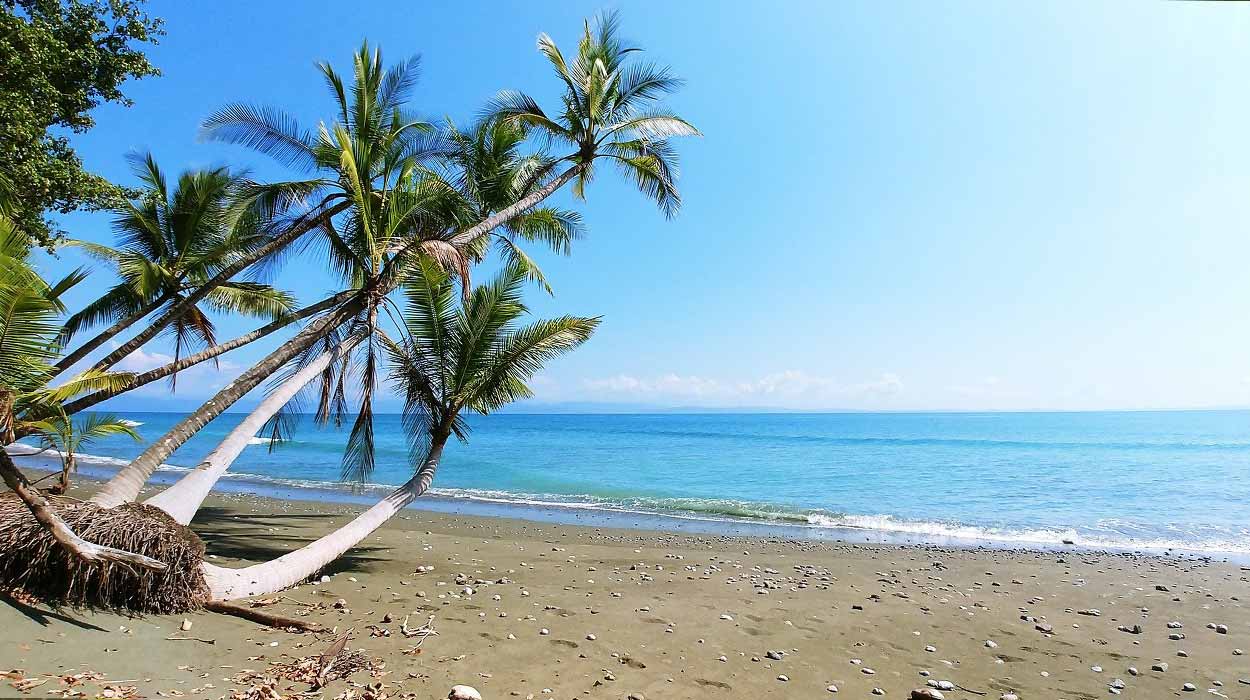
Located in the heart of the Americas, Costa Rica is situated between two neighboring countries. Nicaragua borders it to the north, while Panama lies to the south. To the east lies the stunning Caribbean Sea, while the majestic Pacific Ocean graces its western shores. The country boasts a remarkable coastline, with the Caribbean side stretching approximately 255 kilometers and the Pacific side spanning 1003 kilometers. Both coasts are adorned with breathtaking beaches and abundant verdant vegetation, showcasing the natural beauty for which Costa Rica is renowned.
Costa Rica’s travel requirements are straightforward and hassle-free. Visitors to the country do not need a visa; a valid passport is sufficient for entry. Upon arrival, you will receive a stamp in your passport granting authorization for entry. The entry permit allows you to stay in Costa Rica for up to 90 days. It’s important to note that Costa Rica’s entry requirements also mandate carrying a return ticket, providing evidence that you will depart the country within the 90-day timeframe. By meeting these simple requirements, you can enjoy your time exploring the wonders of Costa Rica.
Costa Rica’s official currency is the Costa Rican colón. You can exchange currency at banks or at the airport upon your arrival. However, if you prefer not to exchange currency, US dollars are widely accepted in most places throughout the country. It’s important to note that the exchange rate of the colón can fluctuate, making it challenging to predict its value during your stay. As a result, many travelers find it convenient to use US dollars for transactions in Costa Rica.
Credit cards are widely accepted in Costa Rica, and you won’t face many difficulties using them. However, it’s worth noting that American Express credit cards may not be accepted in all establishments, so it’s advisable to also carry a Visa or Mastercard as an alternative. In general, credit cards are accepted in most places throughout the country, particularly in tourist areas. It’s important to be aware that having a credit card can be mandatory for certain transactions, such as car rentals, as not all rental companies accept debit cards.
While credit cards are widely accepted in Costa Rica, it’s advisable to carry cash as well, particularly when visiting remote areas with limited card payment options or areas without reliable cell phone coverage. Additionally, ATMs may not be readily available everywhere, so having cash on hand is recommended. Although US dollars are generally accepted, it’s a good idea to have some local currency, colones, for smaller transactions like bus fares or park tickets. Having a combination of both US dollars and local currency will ensure you’re prepared for various payment situations during your visit.
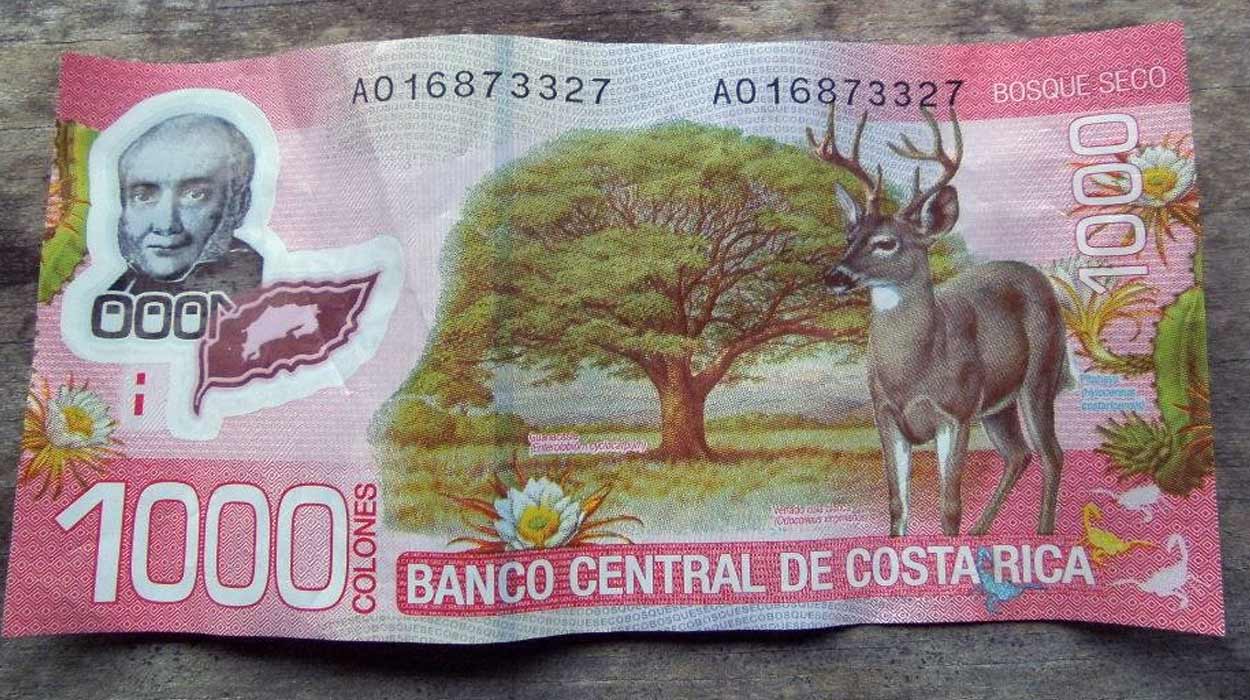
Costa Rica’s climate is incredibly diverse, with up to 12 distinct climate zones found within this small country. Contrary to popular belief, Costa Rica isn’t solely characterized by tropical heat. In fact, there are regions where it can become quite cold.
Costa Rica is situated in a humid equatorial climate zone, with the mountainous areas experiencing a humid equatorial climate. Thanks to its pleasant climate, the country is often referred to as the “land of eternal spring.” The climate is significantly influenced by the surrounding oceans and the winds that carry moisture from them. As a result, the moisture condenses in the central mountains, giving rise to picturesque rivers that flow towards the coast.
When it comes to determining the best weather in Costa Rica, the answer isn’t always straightforward. The country’s weather can be broadly categorized into a dry season and a rainy season, but it’s not as clear-cut as it seems. The optimal weather in Costa Rica is typically experienced during the dry season, which stretches from mid-December to April.
This peak tourist season offers abundant sunshine, making it an ideal time for exploring the lush rainforests and relaxing on the stunning beaches. So, if you’re seeking hot, sunny days, the question of when the best weather occurs in Costa Rica is easily answered: during the dry season.
Indeed, the best weather in Costa Rica may be during the dry season, but that doesn’t mean you can’t visit at other times. On the contrary, depending on your destination and the type of vacation you’re seeking, the rainy season can also present unique advantages. Costa Rica offers a plethora of activities throughout the year, making it a year-round destination.
During the rainy season, which typically spans from May to November, you can still enjoy a variety of experiences, such as exploring lush rainforests, witnessing vibrant wildlife, and experiencing the breathtaking beauty of waterfalls in their full glory. Additionally, the landscapes become even more vibrant and picturesque during this time.
So, whether you choose to visit during the dry season or the rainy season, rest assured that Costa Rica has plenty to offer and the best time to visit is truly anytime, based on your preferences and the experiences you wish to have.
Costa Rica experiences a wide range of temperatures due to its diverse geography and microclimates. In coastal areas, particularly during the dry season, temperatures can reach high levels, often exceeding 30 degrees Celsius (86 F) and occasionally reaching around 40 degrees Celsius (100 F). The beaches can be quite hot and ideal for sunbathing and enjoying the warm waters.
On the other hand, as you venture into the higher elevations and mountainous regions, temperatures tend to be cooler. In the central highlands, such as the Monteverde Cloud Forest or the Arenal Volcano area, temperatures can drop to a few degrees Celsius (around 10-15 degrees Celsius or 50-59 F), especially during the evenings and early mornings. These cooler temperatures provide a refreshing escape from the heat of the lowland areas.
It’s important to note that the temperature can also vary between the dry season and the rainy season. During the dry season, which spans from mid-December to April, temperatures tend to be hotter and drier. Conversely, the rainy season, from May to November, brings cooler temperatures and more frequent rainfall.
So, depending on the region and the time of year you visit Costa Rica, you can experience a wide range of temperatures, allowing you to enjoy the climate that suits your preferences, whether it’s a tropical beach or a cool mountain escape.
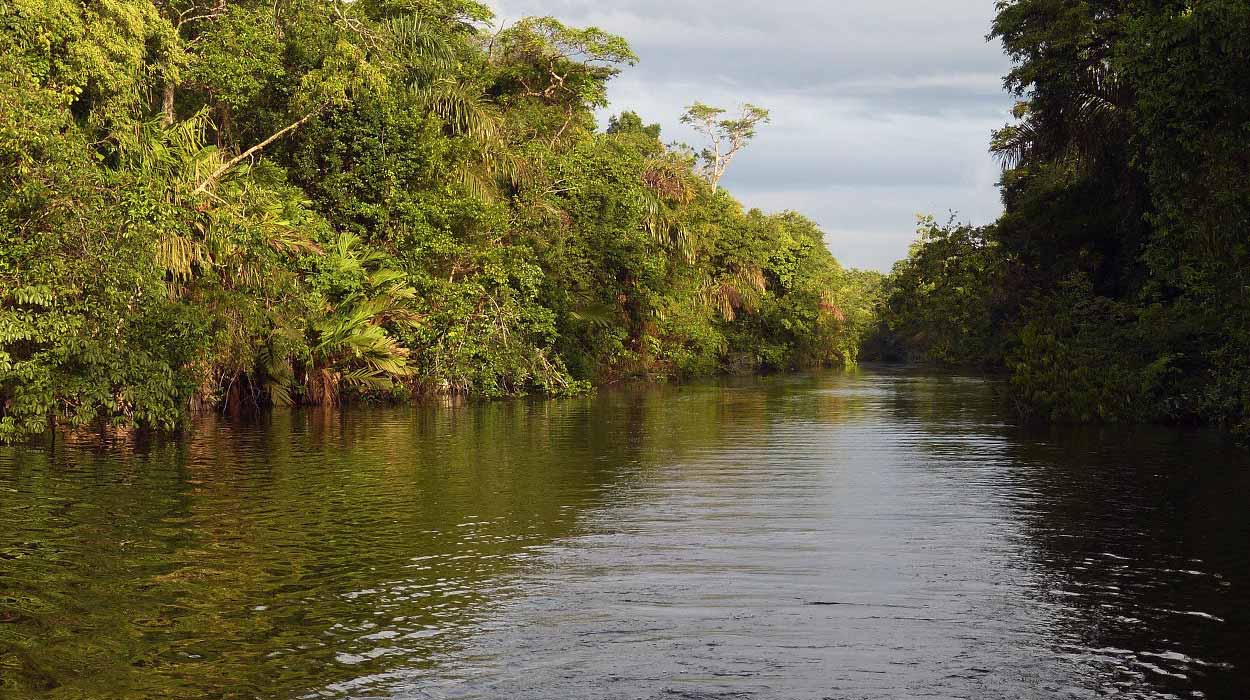
Costa Rica is known for being a safe country to travel. It has a stable political environment and a low crime rate compared to many other countries. The absence of a military force and the presence of a dedicated police force contribute to the overall sense of security.
However, it’s important to exercise general caution and follow common safety practices, as you would in any destination. While serious incidents are rare, petty theft can occur, especially in tourist areas. It’s advisable not to leave valuables unattended in cars or on the beach, and to keep an eye on your belongings at all times.
By taking basic precautions, such as using hotel safes for storing passports and extra cash, staying in well-traveled and well-lit areas, and being aware of your surroundings, you can enhance your safety while exploring the beautiful sights and enjoying the natural wonders of Costa Rica. Remember, the vast majority of visitors have a safe and enjoyable experience in Costa Rica, and the friendly locals are always willing to help and make your stay memorable.
Costa Rica’s history has significant milestones that shaped its present-day identity. The arrival of Christopher Columbus in 1502 marked the European discovery of the region. Impressed by the natural beauty and the indigenous people adorned with gold ornaments, Columbus named the land “the rich coast.”
In 1948, Costa Rica underwent a significant political transformation. Following a civil war, the country abolished its military forces and redirected its focus towards education, healthcare, and conservation. This decision laid the foundation for a peaceful and politically stable nation.
Since then, Costa Rica has embraced democracy and experienced remarkable social progress. It has become a beacon of stability in Central America, fostering a strong commitment to education, healthcare, and environmental preservation. The absence of a military has allowed the country to allocate resources towards social development, leading to high literacy rates, universal healthcare, and a strong emphasis on environmental conservation.
Today, Costa Rica continues to thrive as a peaceful and democratic nation, attracting visitors from around the world who come to explore its incredible biodiversity, stunning landscapes, and enjoy its welcoming culture.
Costa Rica’s natural beauty and biodiversity have earned it global recognition. The country has embraced its role as a guardian of the environment and has established an extensive network of national parks and protected areas. In fact, Costa Rica boasts the highest number of national parks and protected areas in the world relative to its size.
This commitment to conservation stems from the country’s remarkable biodiversity. Despite occupying just 0.03% of the Earth’s surface, Costa Rica is home to around 5% of the world’s biodiversity. Its diverse ecosystems, including rainforests, cloud forests, coastal areas, and mangroves, provide habitats for a wide array of plant and animal species.
Visitors to Costa Rica have the opportunity to explore these natural wonders and witness the incredible richness of its flora and fauna. From observing colorful tropical birds and monkeys swinging through the treetops to discovering rare orchids and vibrant marine life, Costa Rica offers a captivating experience for nature enthusiasts.
Preserving this biodiversity is a top priority for Costa Rica. The country has implemented sustainable practices, such as eco-tourism and reforestation programs, to ensure the protection of its natural resources for future generations. By promoting responsible tourism and environmental stewardship, Costa Rica continues to serve as a shining example of the harmonious coexistence between humans and nature.
Costa Rica’s exceptional plant diversity is a remarkable feature of the country. With a wide range of habitats and ecosystems, approximately 30% of its territory is protected, encompassing national parks, biological reserves, wetlands, and forest reserves.
This extensive protection has allowed for the existence of numerous unique and diverse plant species, both aquatic and terrestrial. Exploring Costa Rica’s plant life is not only a delight for tourists but can also captivate seasoned biologists with its astonishing variety.
The protected areas in Costa Rica are not limited to forests alone; they encompass a plethora of captivating landscapes. From islands and mountain rivers to stunning lakes, active volcanoes, and towering mountains, the country offers a diverse array of natural wonders to explore. Additionally, Costa Rica boasts coral reefs, hot springs, and intriguing caves. It is also home to several wetlands of global importance, designated as RAMSAR sites. Along the border with Panama lies the La Amistad Biosphere Reserve, serving as a critical biological corridor between North and South America. These wetlands are recognized as a UNESCO World Heritage Site due to their significant endemic flora and fauna.
Costa Rica’s rich plant life is a testament to its remarkable biodiversity. With over 9,000 recorded flower species, representing 5% of the world’s total, the country is a haven for botanical enthusiasts and nature lovers alike. The exploration of Costa Rica’s flora opens a gateway to discover the wonders and intricacies of its natural heritage.
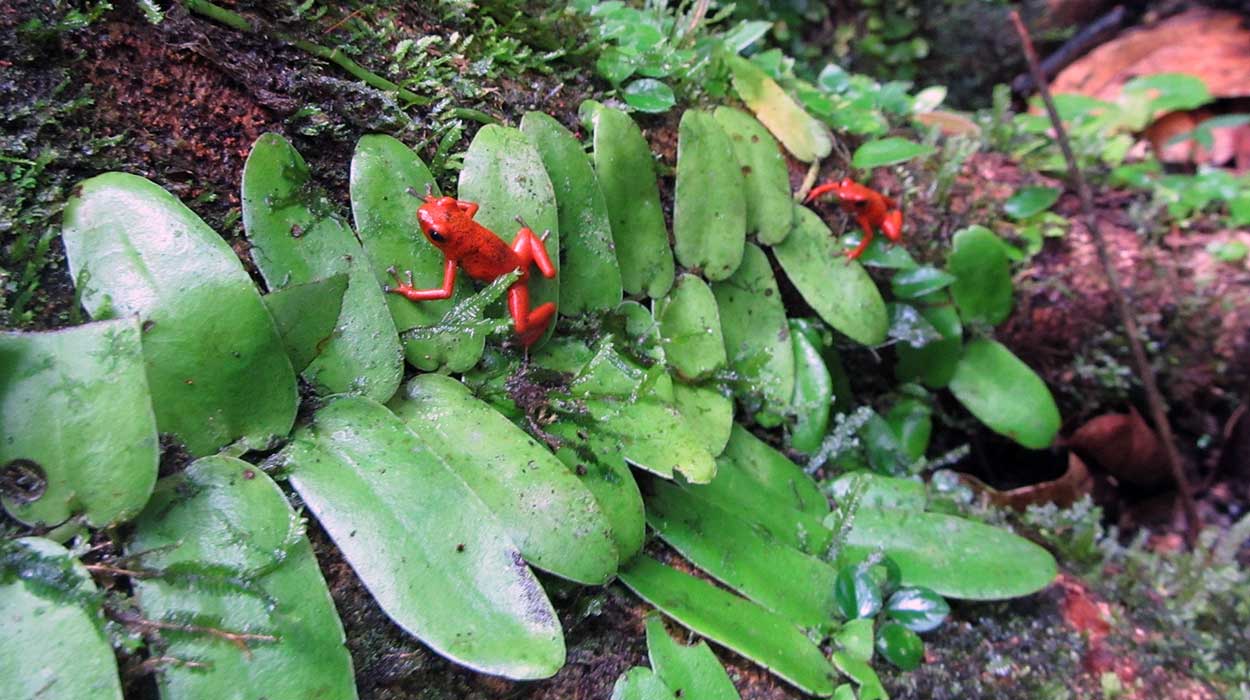
Costa Rica is blessed with a remarkable and diverse array of wildlife. The country is home to 220 mammal species, 220 reptile species, 850 bird species, and 165 amphibian species. Additionally, it boasts an astonishing 360,000 species of insects, including approximately 1,300 species of butterflies.
Among the mammals found in Costa Rica, you can encounter monkeys, sloths, agoutis, and other fascinating creatures. The country is a paradise for bird enthusiasts, offering opportunities to observe a wide variety of parrots, toucans, hummingbirds, hawks, herons, and pelicans. Costa Rica’s amphibians and reptiles include crocodiles, alligators, geckos, and a diverse range of frogs.
Costa Rica is renowned for its nesting sites where several species of turtles come ashore to lay their eggs, presenting a captivating spectacle for visitors. The country is also home to approximately 100 species of snakes, most of which are not dangerous to humans.
One of the notable attractions in Costa Rica is the opportunity to witness whale migrations. Each year, these magnificent creatures undertake a journey from the cold waters of Alaska to Costa Rica, where they give birth to their offspring. Encountering these whales is a remarkable and thrilling experience for tourists.
In summary, Costa Rica is truly a paradise for wildlife exploration. The country’s compact size harbors an extraordinary concentration of species, providing an unparalleled opportunity to immerse oneself in the wonders of nature.
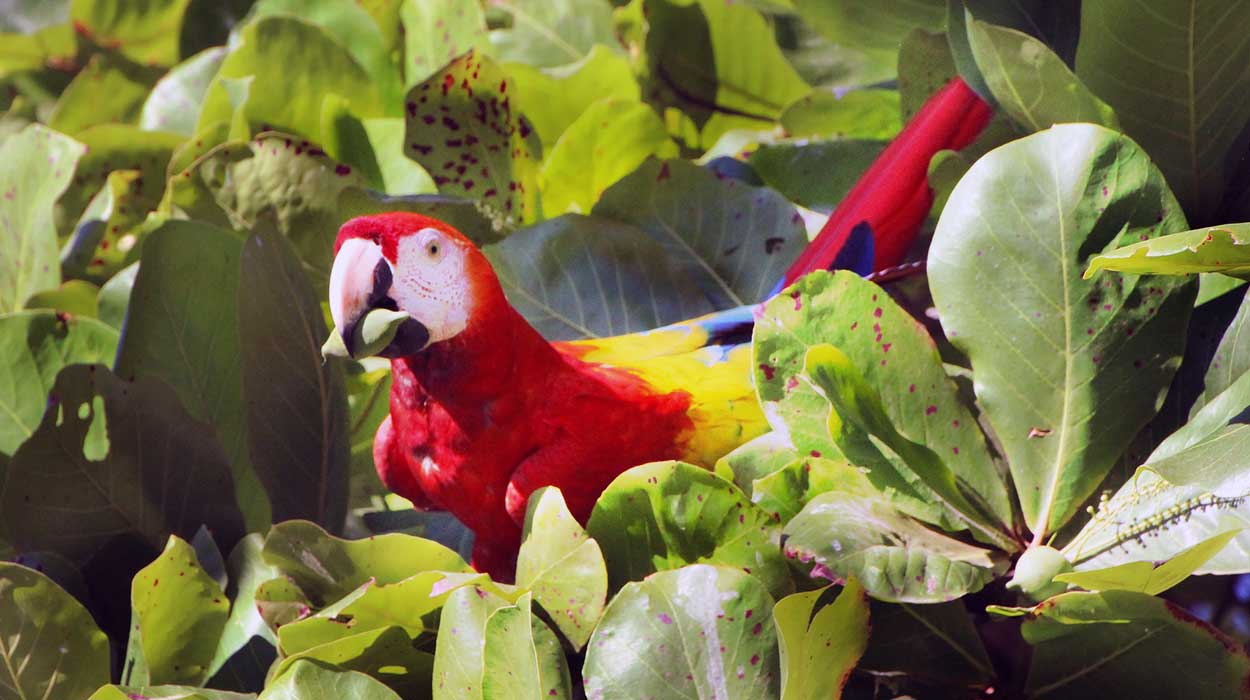
The people of Costa Rica are commonly referred to as “Ticos.” This nickname stems from their tendency to use diminutive forms in their speech, such as adding the suffix “-ico” to words, as in “momentico” (meaning a little moment). Ticos are known for their peaceful nature and warm hospitality towards visitors. Once you earn their trust, you can form lasting friendships with them.
The majority, approximately 88%, of the country’s population identifies as Catholic. The remaining percentage includes followers of Protestant denominations, Judaism, and various other religions. Spanish is the official language of Costa Rica, but many people also speak English, especially in tourist areas and urban centers. In interacting with Ticos, it is helpful to be respectful and embrace their cultural norms. Their friendly and welcoming nature can make your experience in Costa Rica all the more enjoyable.
Costa Rica did not have an official national flower until 1939. During that time, a garden known as the “Peace Garden” was created, and Costa Rica was requested to contribute its national flower to be planted in this garden. To determine the national flower, a competition was held. The winning entry was the orchid, commonly referred to as the “purple guava.” In June 1939, it was officially declared that the orchid would become the national flower of Costa Rica. The purple guava orchid holds a special significance as a symbol of the country’s natural beauty and biodiversity. It is cherished for its vibrant color and delicate structure, representing the unique flora found throughout Costa Rica.
In August 1959, President Mario Echandi Jiménez proclaimed the Guanacaste tree as the national tree of Costa Rica. This particular species was selected as a tribute to the province of Guanacaste and its deep connection to Costa Rica. The Guanacaste tree holds cultural and historical significance for the country. One of the reasons for choosing the Guanacaste tree as the national tree is its ability to provide extensive shade. This symbolizes the shelter and protection that Costa Rica offers to its people. The broad and expansive canopy of the Guanacaste tree offers respite from the tropical sun and represents the country’s commitment to caring for its citizens. The Guanacaste tree (Enterolobium cyclocarpum) is a majestic species that can reach impressive heights and has a wide spreading crown. Its distinctive appearance and ecological importance make it an iconic symbol of Costa Rica’s natural heritage.
Costa Rica’s national bird is the Yigüirro, also known as the Clay-colored Thrush. This bird holds a special place in the hearts of Costa Ricans and is deeply cherished as a symbol of the country’s natural beauty. The Yigüirro is renowned for its melodic and distinct song, which is often associated with the arrival of the rainy season. Its singing is considered a joyful and welcoming sound, as it signifies the rejuvenation of the land and the coming of abundant rainfall.
This medium-sized bird has a predominantly brown plumage with subtle hints of gray and rusty tones. Its enchanting song can be heard throughout the country, from the dense rainforests to the urban landscapes. The Yigüirro’s melodious notes resonate with Costa Ricans, evoking a sense of pride and connection to their vibrant natural surroundings. As the national bird of Costa Rica, the Yigüirro represents the country’s rich biodiversity, its harmonious relationship with nature, and the anticipation of the refreshing rains that nourish the land.
In 1988, the oxcart, also known as the carreta, was declared the national symbol of labor in Costa Rica. This traditional mode of transportation played a significant role in the country’s history and development. During the last century, the oxcart was widely utilized as a means of transportation, particularly in rural areas where roads were often in poor condition. These sturdy carts, pulled by oxen, were essential for transporting goods, crops, and people across the countryside. The oxcarts were not only practical but also known for their artistic beauty. Skilled artisans decorated the carts with intricate hand-painted designs, featuring vibrant colors and intricate patterns.
Each region of Costa Rica developed its unique artistic style, making the oxcart a visual representation of local culture and heritage. Today, the oxcart holds a special place in Costa Rican identity and is recognized as a national symbol. Its vibrant colors and intricate designs are celebrated in festivals, parades, and traditional events. The image of the oxcart is frequently used in artistic representations, souvenirs, and promotional materials, showcasing its enduring significance in the country’s cultural landscape. The oxcart’s declaration as the national symbol of labor honors the hard work, resilience, and craftsmanship of Costa Rica’s people. It serves as a reminder of the nation’s history and the integral role of labor in shaping its identity and progress.
Costa Rica is indeed a fantastic destination for vacation, offering a wide range of experiences throughout the year. Whether you’re seeking adventure, relaxation, or a chance to immerse yourself in nature, Costa Rica has it all. The warm and welcoming nature of the Costa Rican people adds to the overall charm of the country. Safety and ease of travel are notable advantages when visiting Costa Rica. The country takes pride in its commitment to providing a secure environment for both locals and tourists. With its peaceful reputation and absence of a military, Costa Rica offers a sense of tranquility that allows visitors to explore and enjoy their surroundings without worry.
When it comes to tourism, Costa Rica offers an abundance of activities and attractions despite its small size. From exploring lush rainforests and breathtaking waterfalls to relaxing on pristine beaches and encountering diverse wildlife, there is something for everyone. If scuba diving piques your interest, Costa Rica boasts stunning underwater ecosystems and vibrant marine life, providing unforgettable experiences for diving enthusiasts. At our PADI Dive Center, we prioritize exceptional customer service and strive to make each client feel like a VIP. We are here to assist you in organizing your trip and provide valuable insights and information to enhance your experience in Costa Rica. Please don’t hesitate to reach out to us with any inquiries or concerns you may have. We are more than happy to assist you in creating an unforgettable vacation in this beautiful country. Contact us today!

My life has always been linked to sports commonly considered extreme. I once fell in love with big wall climbing, just as I am now in love with scuba diving. I climbed mountains, explored caves and took part in exploration expeditions. Through these experiences, I saw a large chunk of the world and learned a lot. Now I have been a professional diver and a scuba instructor for many years, and Costa Rica has become my second home. Check also my expedition project: @goexplorewith.me
Do you have a good insurance?
Accidents can happen even in paradise and that sucks. That’s why it’s so important to have good insurance to keep you covered under and above the water.





